On Wednesday, 19th June, Brazil's central bank maintained its key interest rate at 10.5 percent, ending a streak of seven consecutive cuts since last August. This decision is a setback for President Luiz Inacio Lula da Silva, who has been advocating for deeper cuts to stimulate economic growth since taking office.
The central bank cited an "uncertain global outlook and a domestic outlook marked by resilience in economic activity, raising inflation projections" as the rationale behind the unanimous decision to proceed with caution. This cautious stance reflects Brazil's historical struggles with hyperinflation, prompting one of the most aggressive monetary tightening campaigns globally in response to the Covid-19 pandemic and the economic impacts of Russia's invasion of Ukraine in early 2021.
Although the bank had been gradually reducing the rate since August, Lula argues that these measures are insufficient. After six successive half-point cuts, the rate was trimmed by a quarter point to 10.5 percent in May. At that time, the central bank signaled a potential end to the easing cycle, highlighting concerns over rising prices.
Despite the reduction efforts, Brazil's benchmark interest rate remains one of the highest in the world in real terms. Inflation in Brazil climbed to 3.93 percent in May, driven partly by significant food price increases following catastrophic flooding in Rio Grande do Sul, which resulted in over 170 deaths and displaced approximately 600,000 people.
The country's economy experienced a 0.8 percent growth in the first quarter of 2024, primarily fueled by consumer spending. Analysts suggest this economic rebound could heighten the central bank's inflation concerns.
President Lula has criticized the central bank's high-interest rate policy, asserting in a recent CBN radio interview, "We have only one problem in this country: the behavior of the central bank."



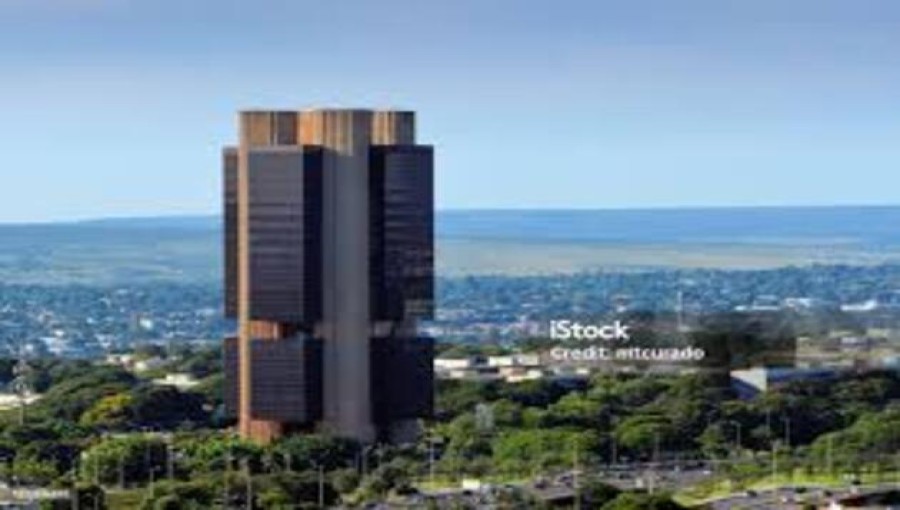
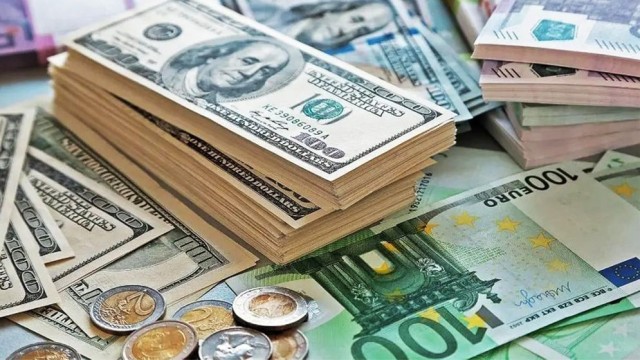
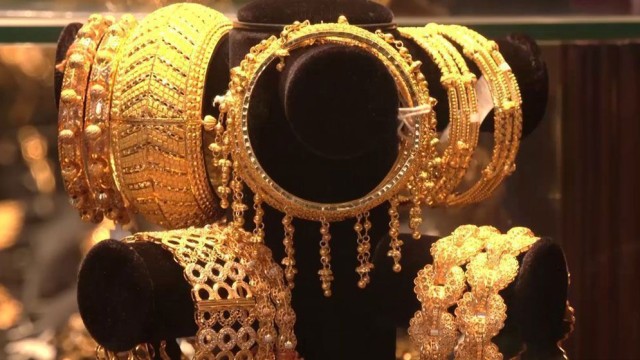
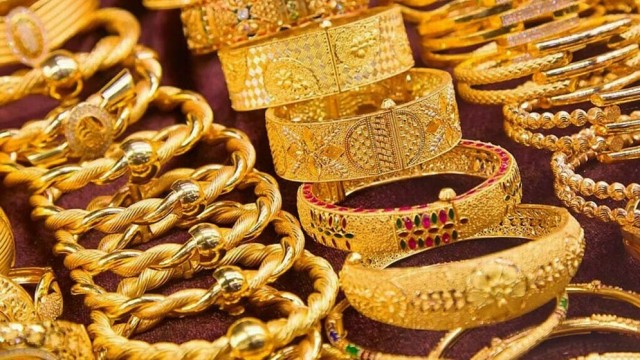
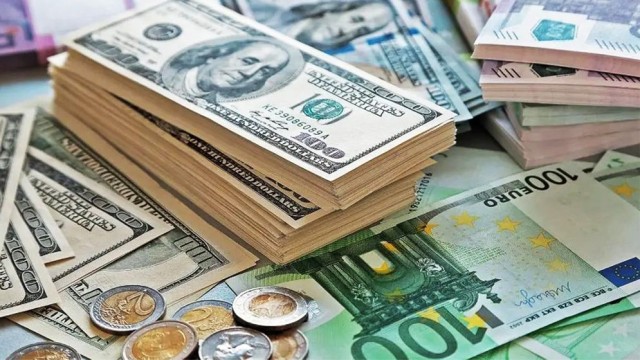
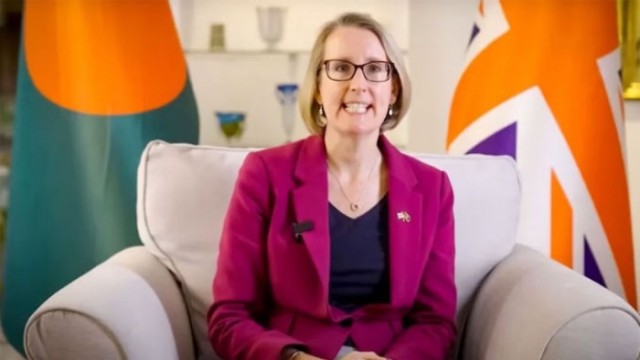
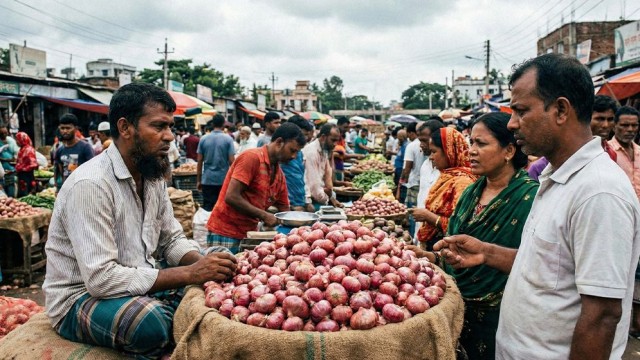
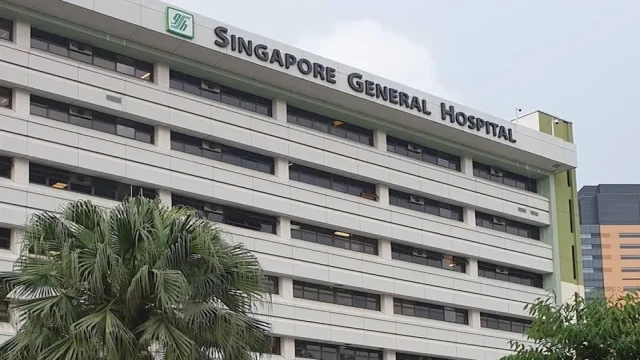



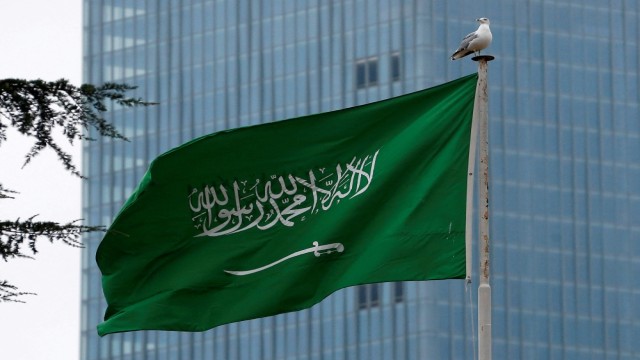



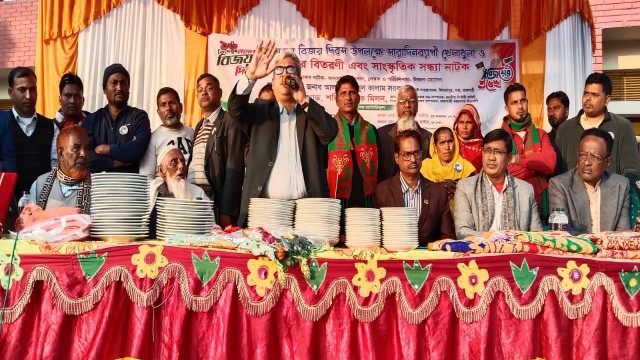
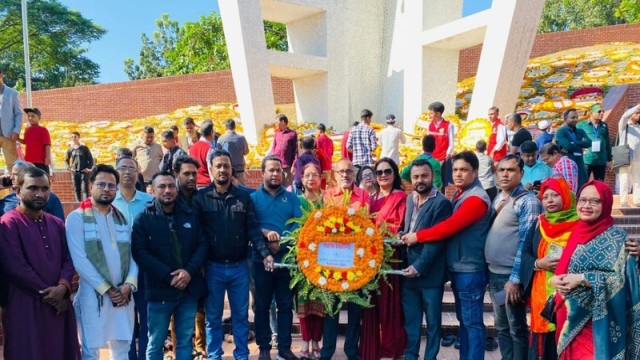





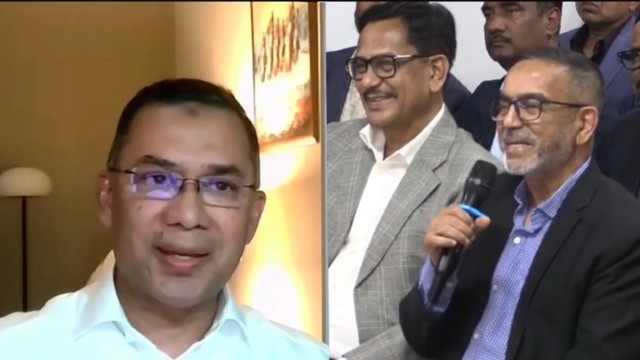
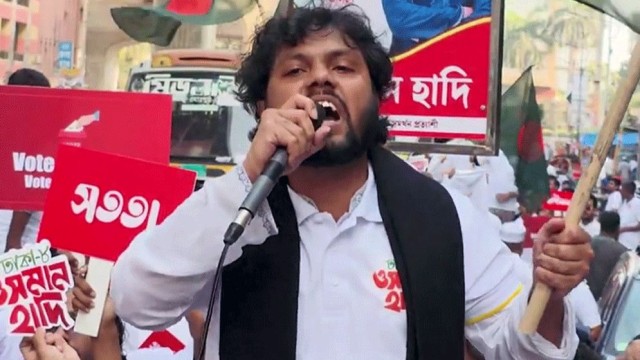

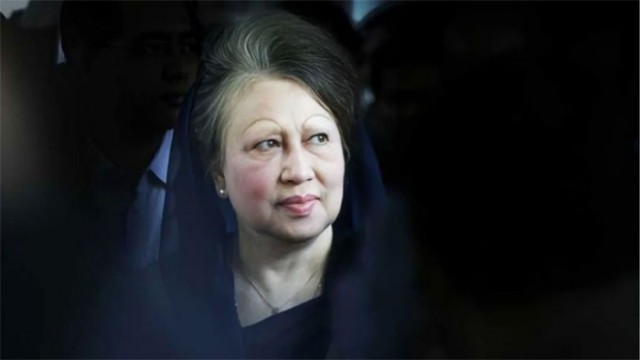
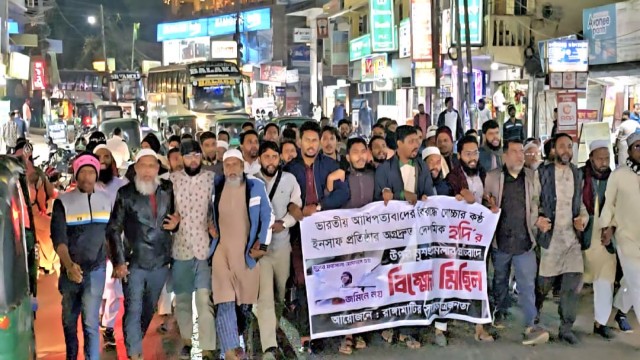

Comment: